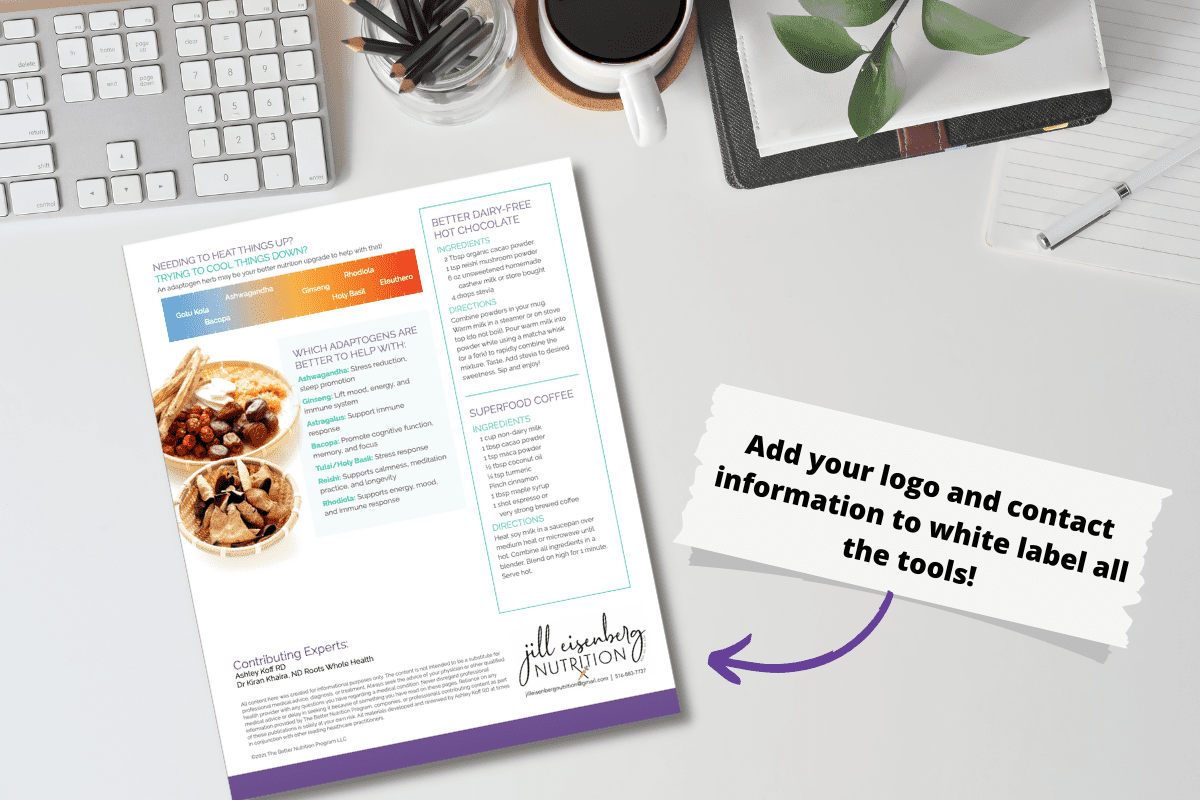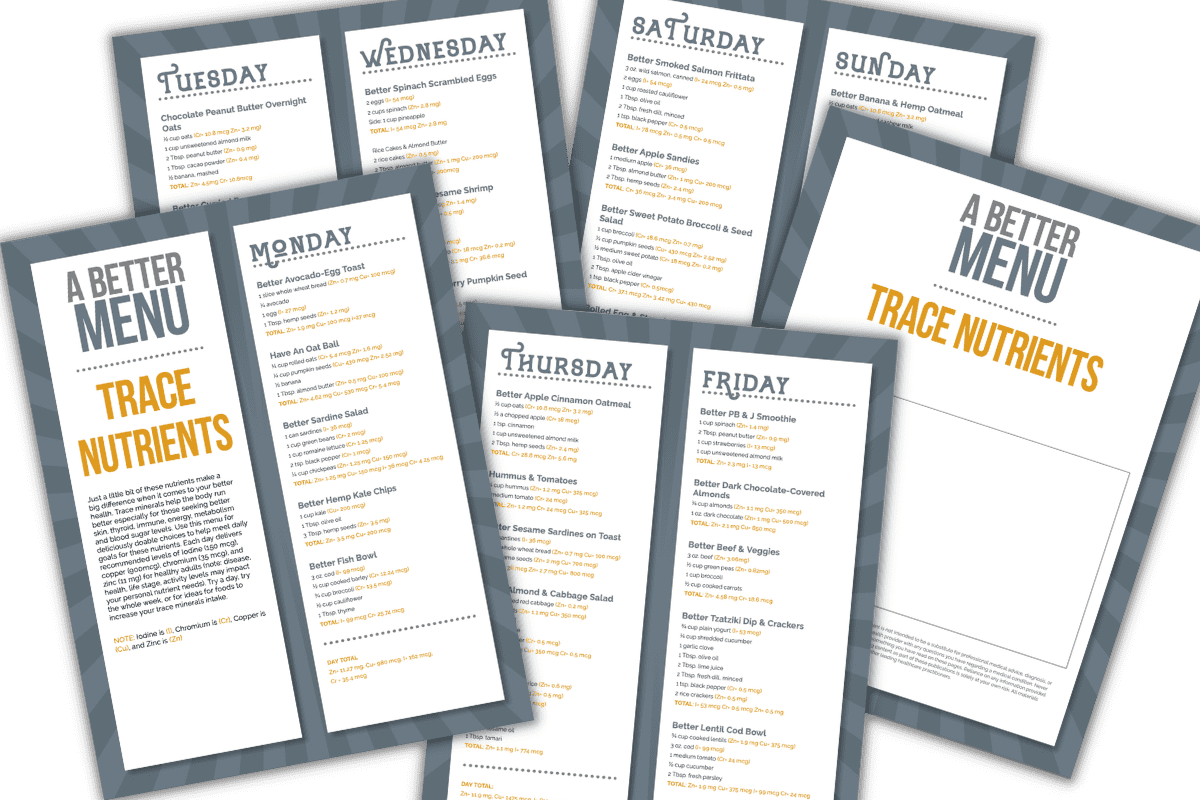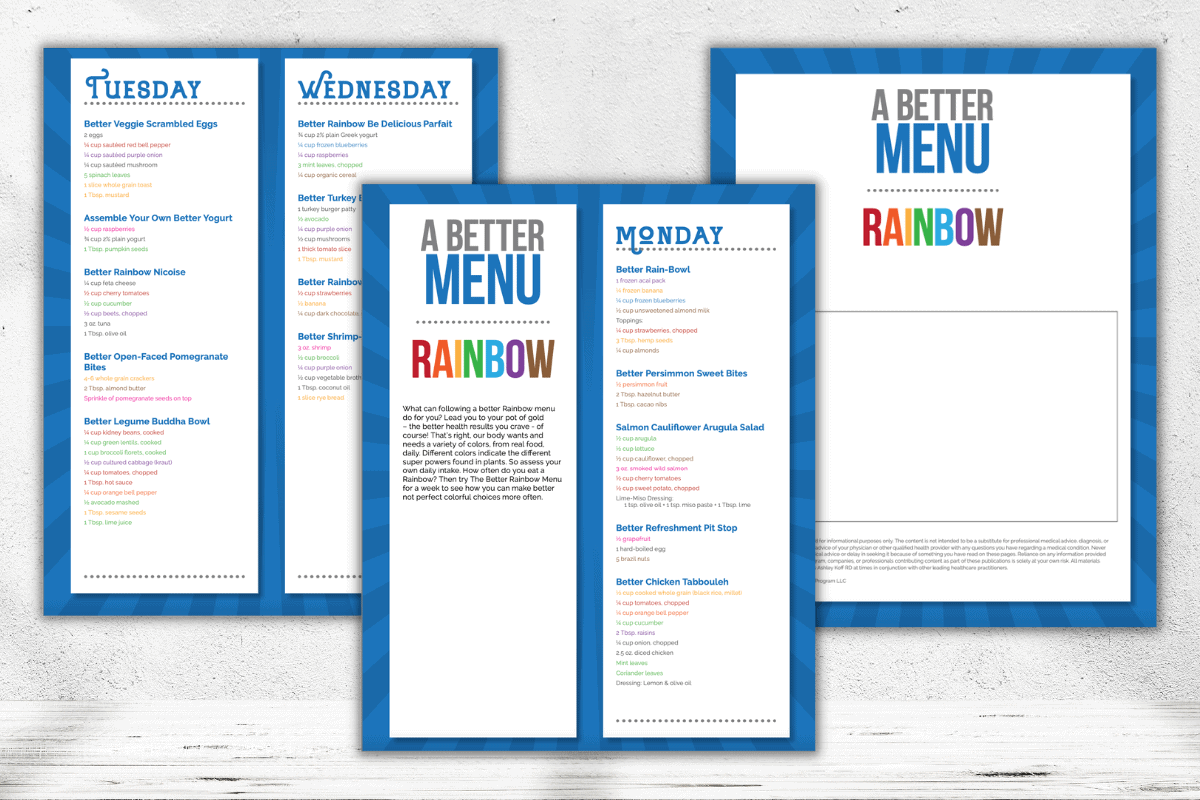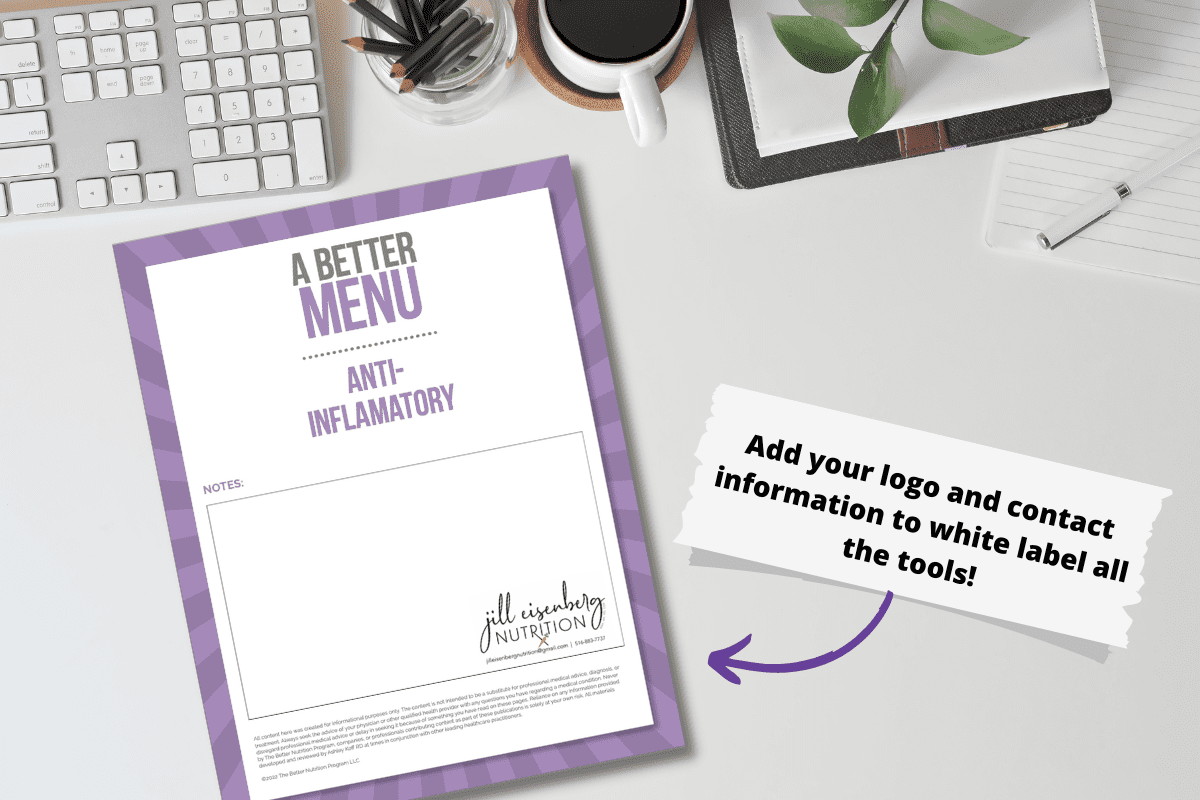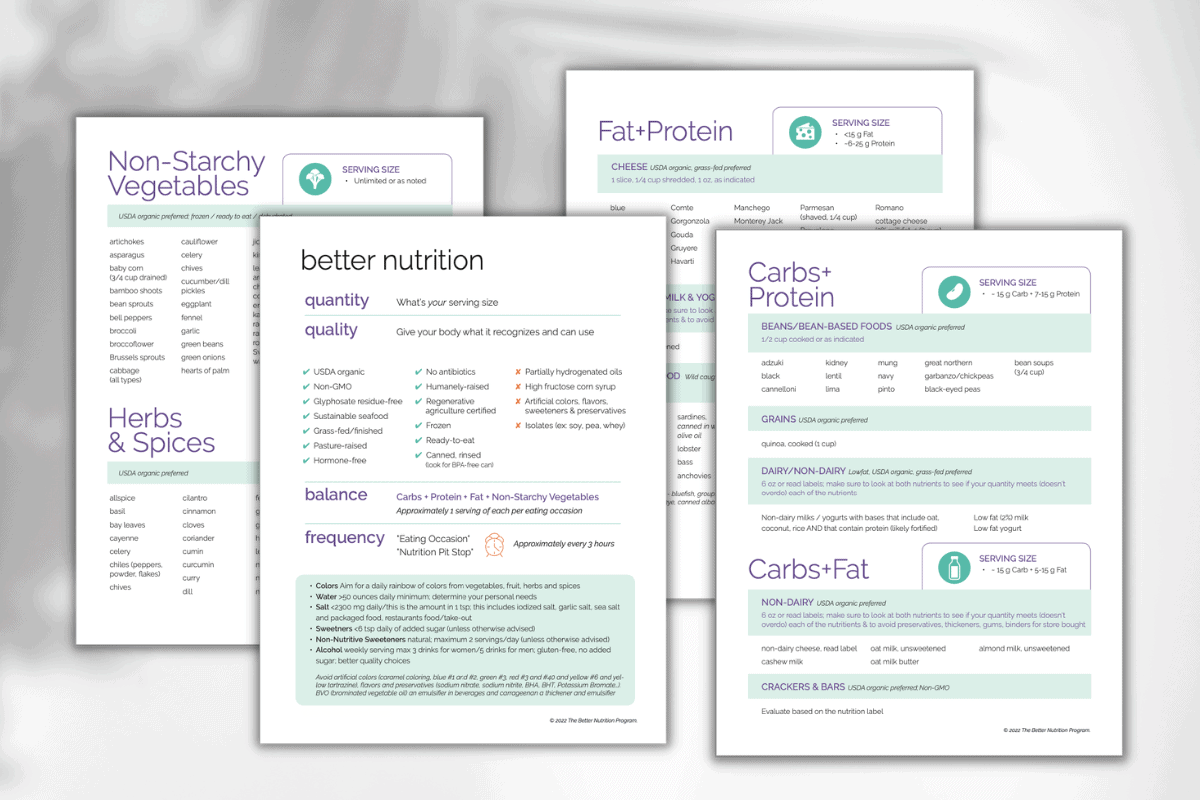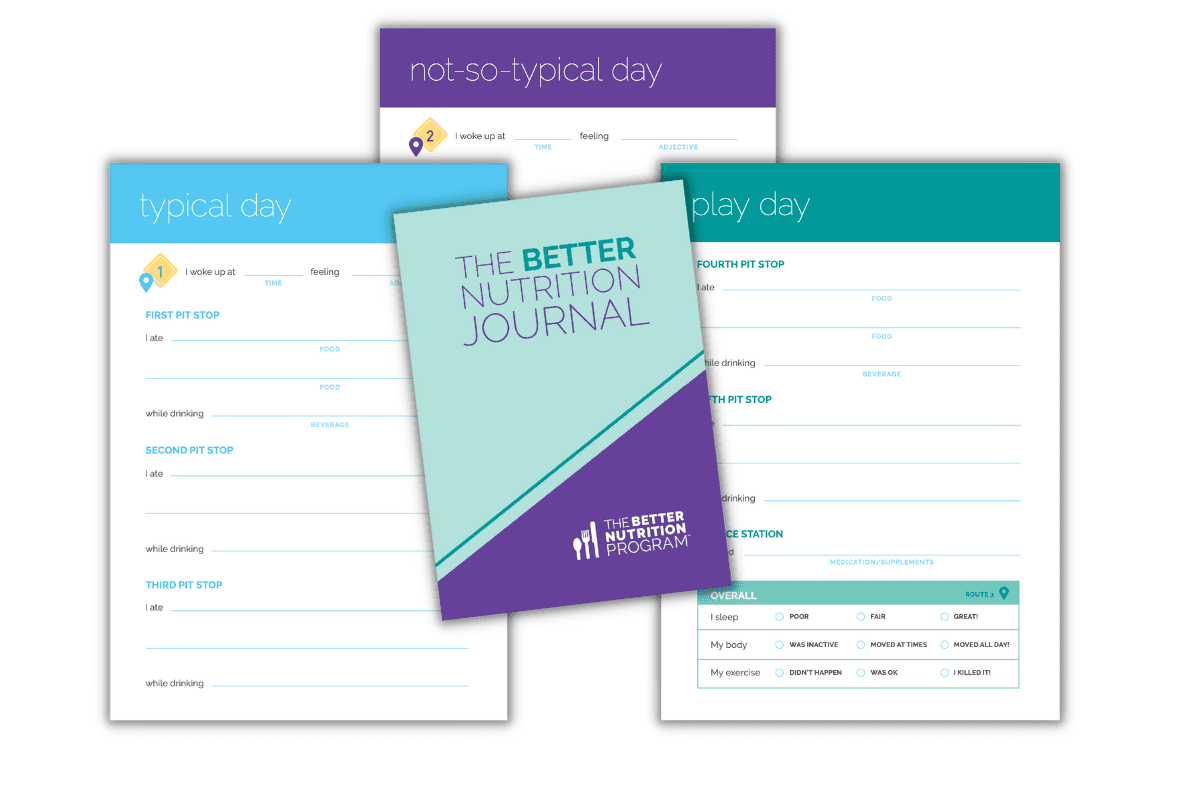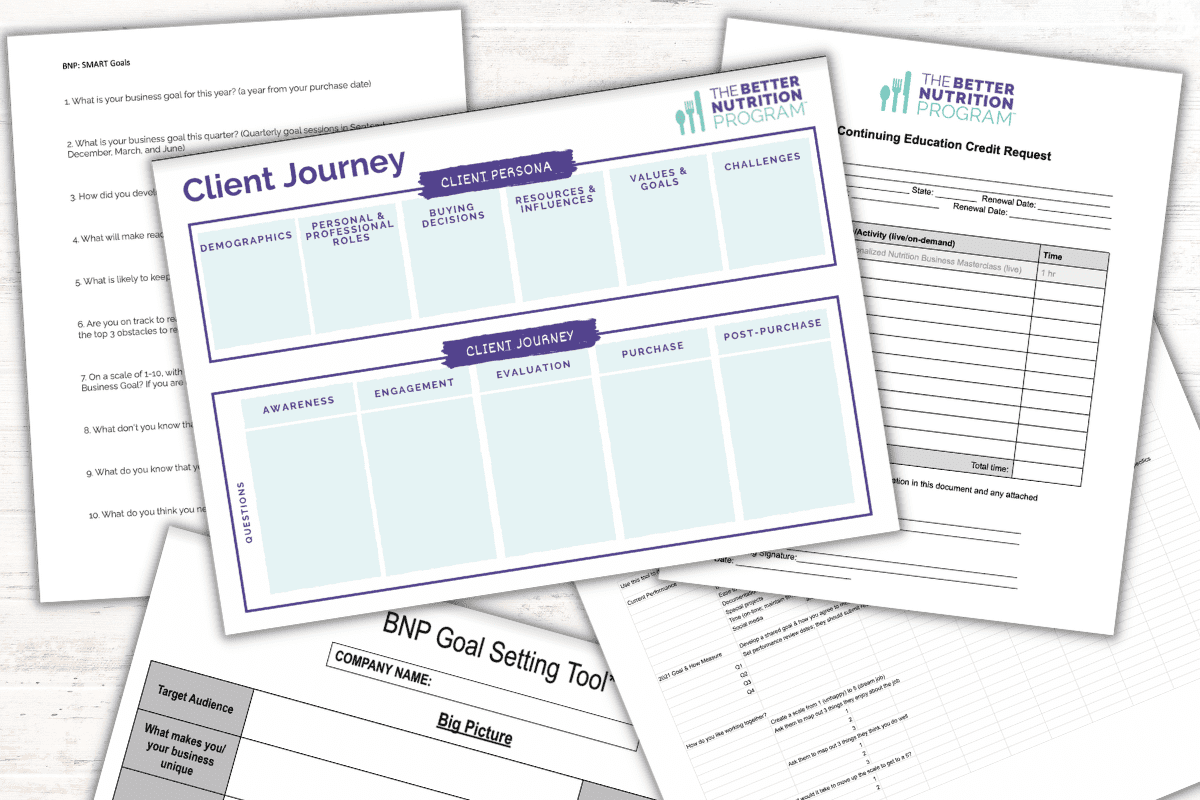
What do Long Term Care dietitians really want to know?
I recently asked dietitians working in Long Term Care what they wished they had known prior to getting a job in LTC. The top response was “I knew nothing about the regulations”.
I can also attest to this. When I started my job in LTC several years ago, I had no clue about regulations. It certainly wasn’t anything taught in my undergraduate studies and when I did my short LTC internship rotation no one addressed the topic.
This surprised me about Long Term Care regulations
The requirements for LTC facilities that participate in Medicare and Medicaid programs were first published in 1989.1 But it wasn’t until 2010 that I first looked at the publication called the State Operations Manual. At that time, I already worked in LTC for over a decade.
Surprise! The State Operations Manual literally contains everything that I needed to know about LTC.
- In short, it lists criteria for nursing homes to utilize as well as survey protocols. 2
- It is updated frequently, depending on advancing theory and practice.
Who should you use the State Operations Manual?
I consider it a best practice for all dietitians working in LTC and for those considering LTC to regularly utilize this tool to drive nutrition assessments and to provide quality of care. It answers questions, concerns, and keeps you updated on important changes.
What changes to Long Term Care occurred recently?
Below are two recent changes in the manual:
- In 2016, CMS came up with several “final rules” to improve the care and safety of 1.5 million residents that reside in long-term care facilities.
- A new role now allows “dietitians and therapy providers to write orders in their areas of expertise when a physician delegates the responsibility and state licensing allows.”3
- Personal Note: I’ve been doing this at one of my jobs here in Florida for almost a year and it’s saving me time as well as improving continuity of care.
The second change is as follows:
- In 2019 CMS issued a Final Rule that changes the payment system to a Patient Driven Payment Model (PDPM). 4 Importantly, this update gives financial incentive to those who treat the individual needs of the patient versus a focus on volume of services a resident receives.
- This means that nutritional professionals have to make sure that they are accurately answering section K0100 of the Minimum Data Set (MDS). 5
- Includes questions ask about swallowing issues
- collaborate with the Speech Language Pathologist (SLP), staff, the resident and family to ensure that these questions are answered correctly.
- Help you employer as the facility will get more reimbursement if
- the SLP is involved with treatment
- the resident’s diagnosis includes obesity
- make sure obesity ICD-10 diagnosis listed for individuals BMI >30
- Includes questions ask about swallowing issues
- This means that nutritional professionals have to make sure that they are accurately answering section K0100 of the Minimum Data Set (MDS). 5
What advice would I give to those just entering the field of Long Term Care?
- Review the State Operations manual
- Take a look at the 2017 Food Code
- Communicate effectively with other disciplines; especially the SLP team member
- Regularly seek out changes to LTC through continuing education, DPGs, reliable Social Media Groups and websites
Wondering if a career as a Long Term Care dietitian is right for you?
Working as an RDN or nutritional professional in LTC can be incredibly rewarding. However, it requires a pledge to pursue life-long learning to stay abreast of the constant changes in the vast field of nutrition and dietetics.
Fortunately, there are several tools available to facilitate this process. Visit www.dietitianmentor.com for frequent post about the changes in LTC and take a moment to view the trailers for the videos: “LTC RD and the State Survey”, “How to fill out the “K” section of the MDS” and “Nutrition In LTC”.
References
1. Centers for Medicare and Medicaid Services (CMS): Quality, Safety & Oversight- Guidance to Laws & Regulations, Nursing Homes. Retrieved at:
https://www.cms.gov/Medicare/Provider-Enrollment-and-Certification/GuidanceforLawsAndRegulations/Nursing-Homes.html Accessed August 3, 2019.
2. Centers for Medicare and Medicaid Services (CMS): State Operations Manual Appendix PP – Guidance to Surveyors for Long Term Care Facilities, 2017. (Rev. 173, 11-22-17) Retrieved at: https://www.cms.gov/Regulations-and-Guidance/Guidance/Manuals/downloads/som107ap_pp_guidelines_ltcf.pdf Accessed August 3, 2019.
3. Centers for Medicare and Medicaid Services (CMS): CMS finalizes improvements in care, safety, and consumer protections for long-term care facility residents. September 28, 2016. Retrieved at: https://www.cms.gov/newsroom/press-releases/cms-finalizes- improvements-care-safety-and-consumer-protections-long-term-care-facility-residents Accessed April 9, 2019.
4. Centers for Medicare and Medicaid Services (CMS): Patient Driven Payment Model. Retrieved at: https://www.cms.gov/Medicare/Medicare-Fee-for-Service-Payment/SNFPPS/Downloads/PDPM-101_Final.pdf Accessed August 3, 2019.
5. Medicare & Medicaid Services’ Long-Term Care Facility: Resident Assessment Instrument (RAI) User’s Manual. Updated 5/14/19 for initiation in October 2019. Retrieved at: https://www.cms.gov/medicare/quality-initiatives-patient-assessment-instruments/nursinghomequalityinits/mds30raimanual.html Accessed August 3, 2019.




